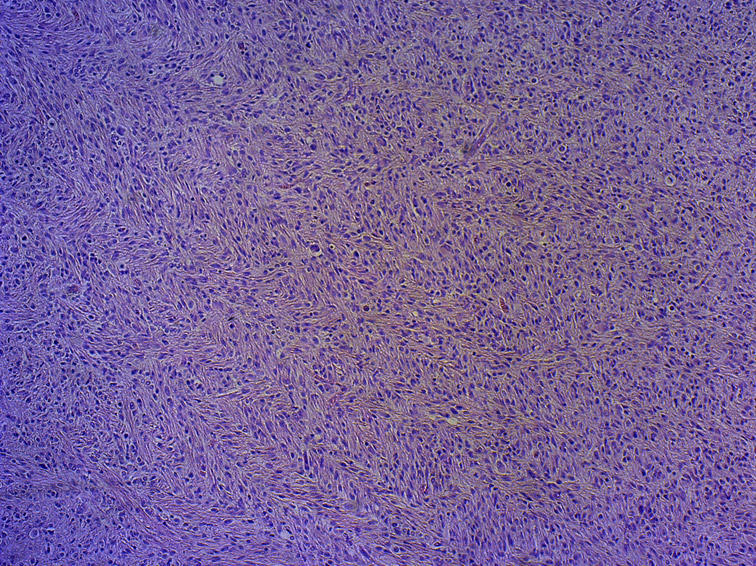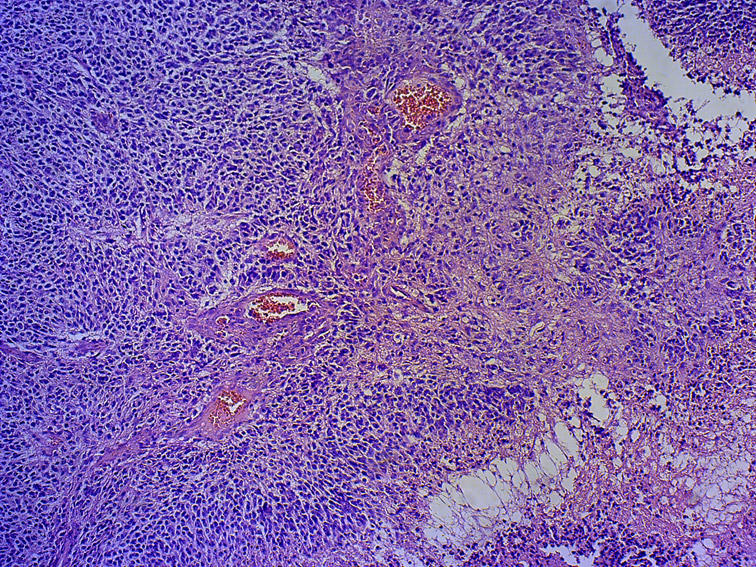Invasion & Angiogenesis
Angiogenesis and invasion are two major mechanisms that promote survival and progression of malignant brain tumors.
Hovedinnhold
Animal models are important in analyzing these key mechanisms and in developing new and effective therapies. Within brain tumor research, models are largely based on cell lines and grow via angiogenesis. As such, these models often lack invasive properties and any conclusions drawn from these models are difficult to translate into the clinic. To overcome this limitation, the Miletic Research Group has further developed a unique animal model that is based on human biopsy material and, accordingly, much more accurately reflects human disease. Within this model, we have established two different phenotypes that grow either angiogenic or invasive and independent of angiogenesis. The separation of phenotypes affords us with the opportunity to define unique molecular mechanisms of invasion independent of angiogenesis.
We use lentiviral vectors to overexpress or knock-out genes of interest and employ state of the art magnetic resonance imaging, histology, immunohistochemistry, and molecular methods to differentiate between angiogenic and invasive tumor growth.
The Miletic Research Lab aims to define key molecules for angiogenic and invasive tumor growth which may be therapeutic targets.

